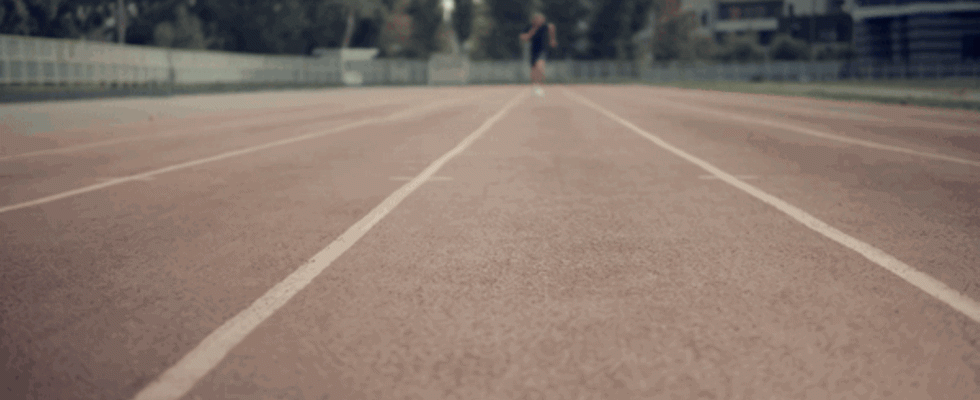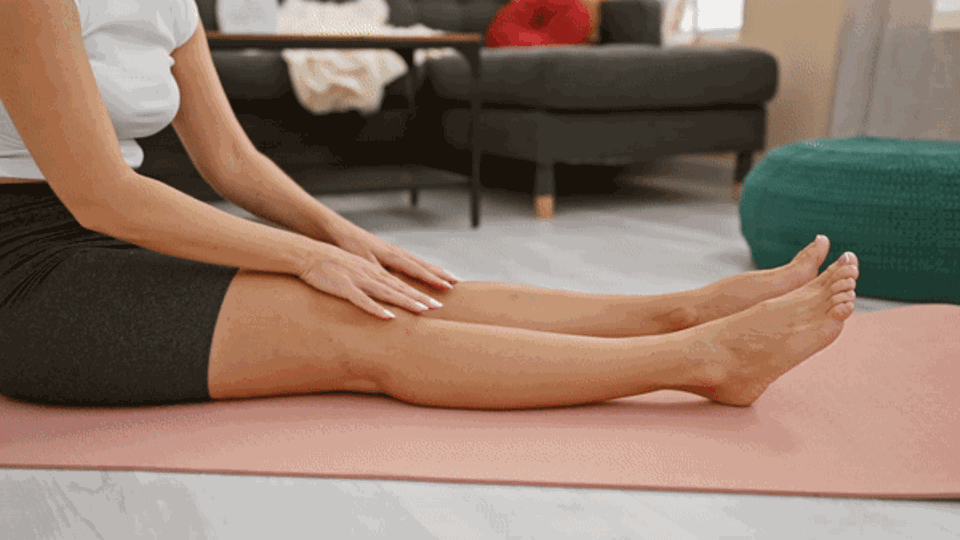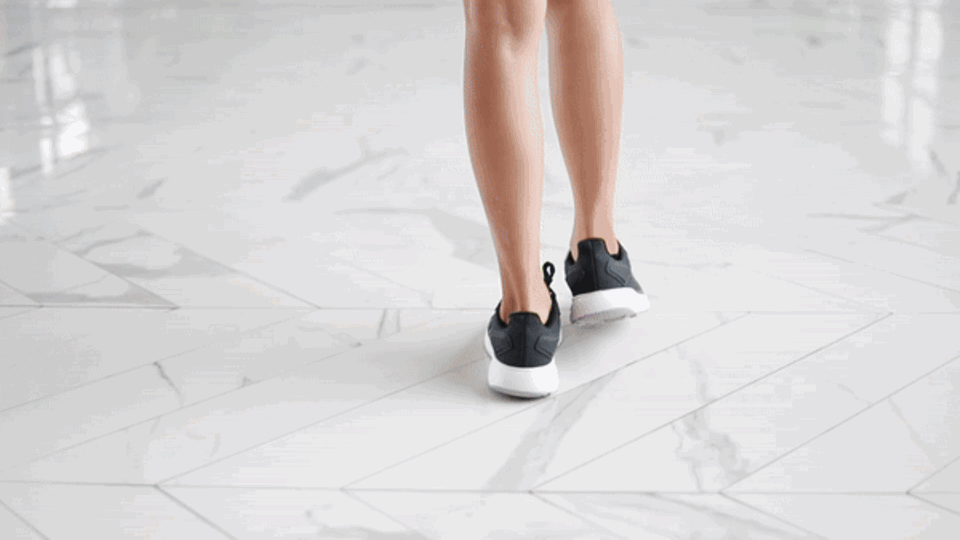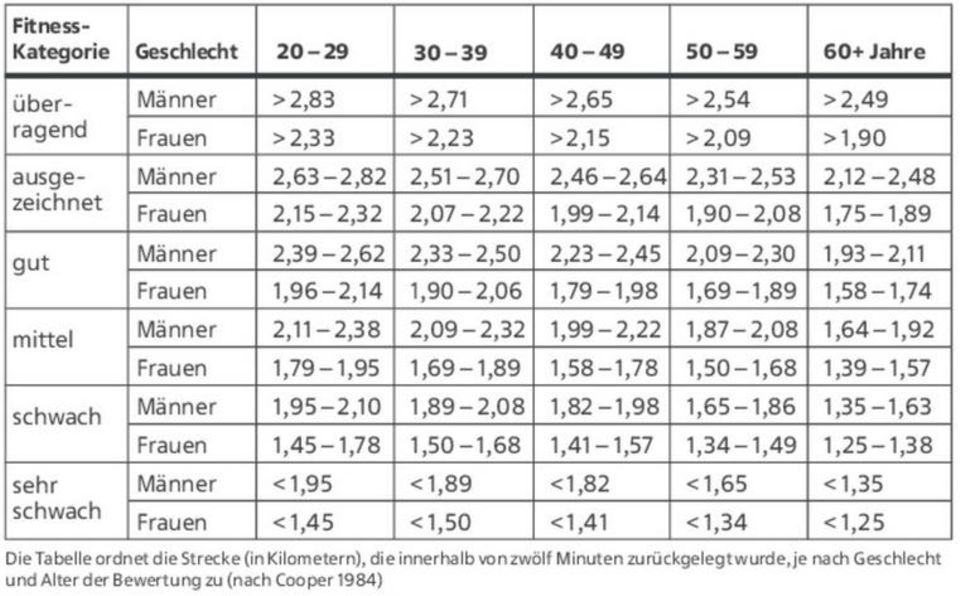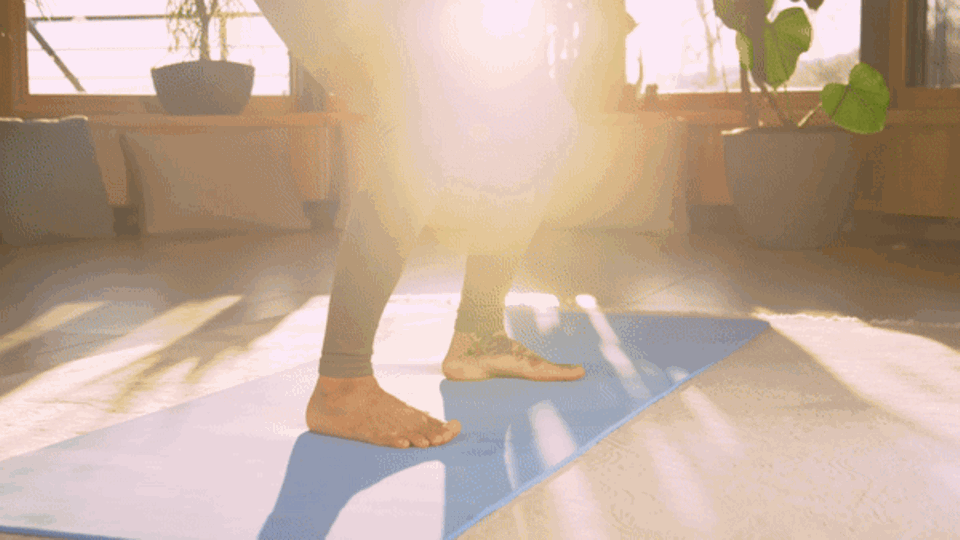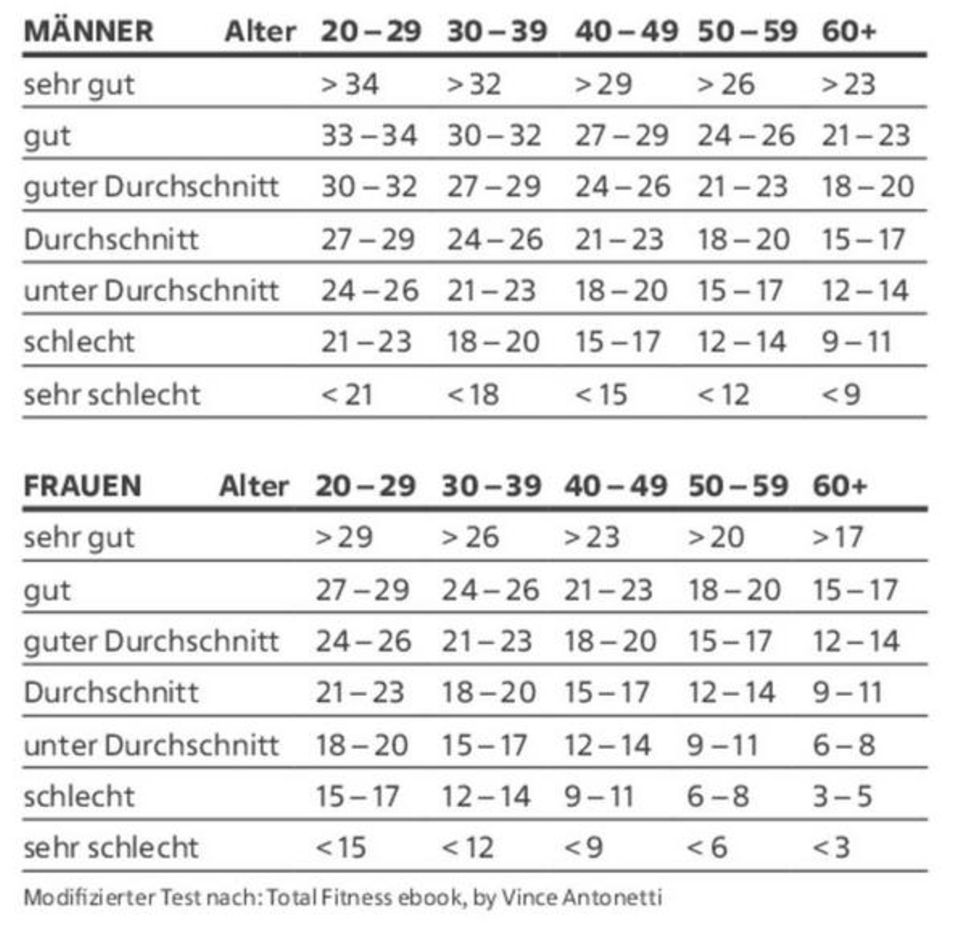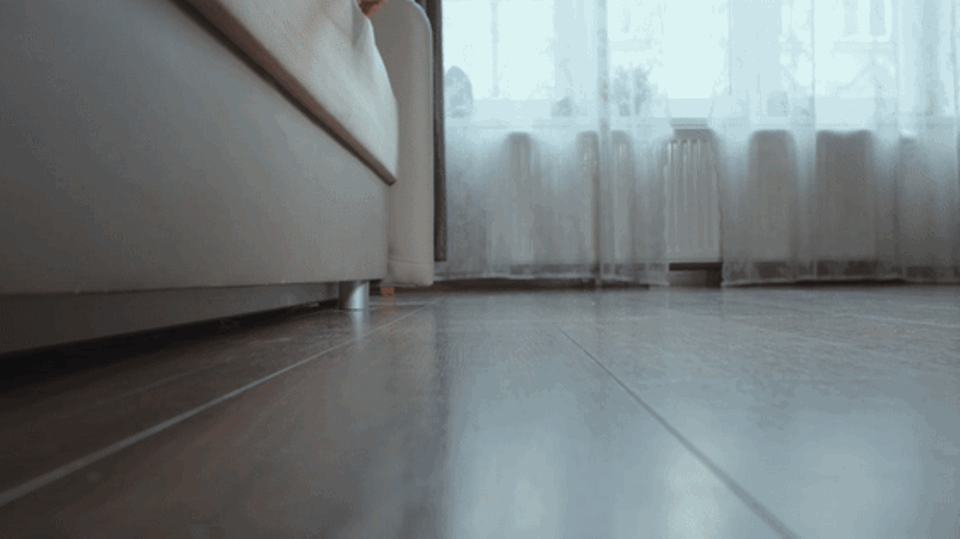You don’t need any equipment for these exercises and they don’t take long. But they show you how good shape you are.
© Adobe Stock
1. Finger-toe distance: mobility
Sit on the floor and extend your legs flat in front of you. The upper body is upright. Now move your outstretched arms as far as you can towards your toes and measure the remaining distance.
Evaluation:
You can reach the tips of your toes with your fingers: good mobility!
No more than 10 centimeters of space remains: satisfactory mobility.
No more than 20 centimeters of distance remains: mediocre mobility.
No more than 30 centimeters of distance remains: poor mobility.
More than 30 centimeters of distance remains: very poor mobility.
© Adobe Stock
2. Tandem gait: skill
Walk quickly forward on a straight line ten meters long – and once you reach the target point, walk backwards on the same line. As you walk forward, place the heel of the front foot exactly in front of the toes of the back foot. When walking backwards, the toes of the back foot are placed exactly behind the heel of the front foot.
Evaluation:
Flawlessly back and forth without leaving the ideal line: very good!
Error-free in one direction, slight deviations from the ideal line in the other direction: well done. Slight errors in both directions: your performance is limited.
Significant errors and large deviations in both directions: They are severely limited.
© Adobe Stock
3. Cooper Test: Endurance
The Cooper test is a classic. It is easy to implement and offers some guidance as to your endurance. It should be carried out with due caution and stopped prematurely if there is pain, dizziness or very severe fatigue. Find a flat route, a track if possible, and see how far you can go in twelve minutes. You can measure the distance covered with your smartphone.
© star
© Adobe Stock
4. Squats: Strength
Stand in front of a chair, the seat should be at knee height. Now lower your body with your lower legs vertical, your feet remaining flat on the floor. Tilt your upper body forward. When your buttocks touch the seat of the chair, stand back up to full standing. How many squats can you do without a break?
© star
© Adobe Stock
5. Get up and go: Speed
(This test is also suitable for older people.)
Stand up from a sitting position and walk three meters back and forth. Then sit down again. Aids are permitted. The time required must be measured in seconds.
Evaluation:
Less than 10 seconds: everyday mobility unrestricted.
11 to 19 seconds: minor mobility restrictions, usually of no relevance to everyday life.
20 to 29 seconds: functionally relevant mobility restriction that requires clarification.
More than 30 seconds: severe mobility restrictions, usually requiring intervention and aids.

